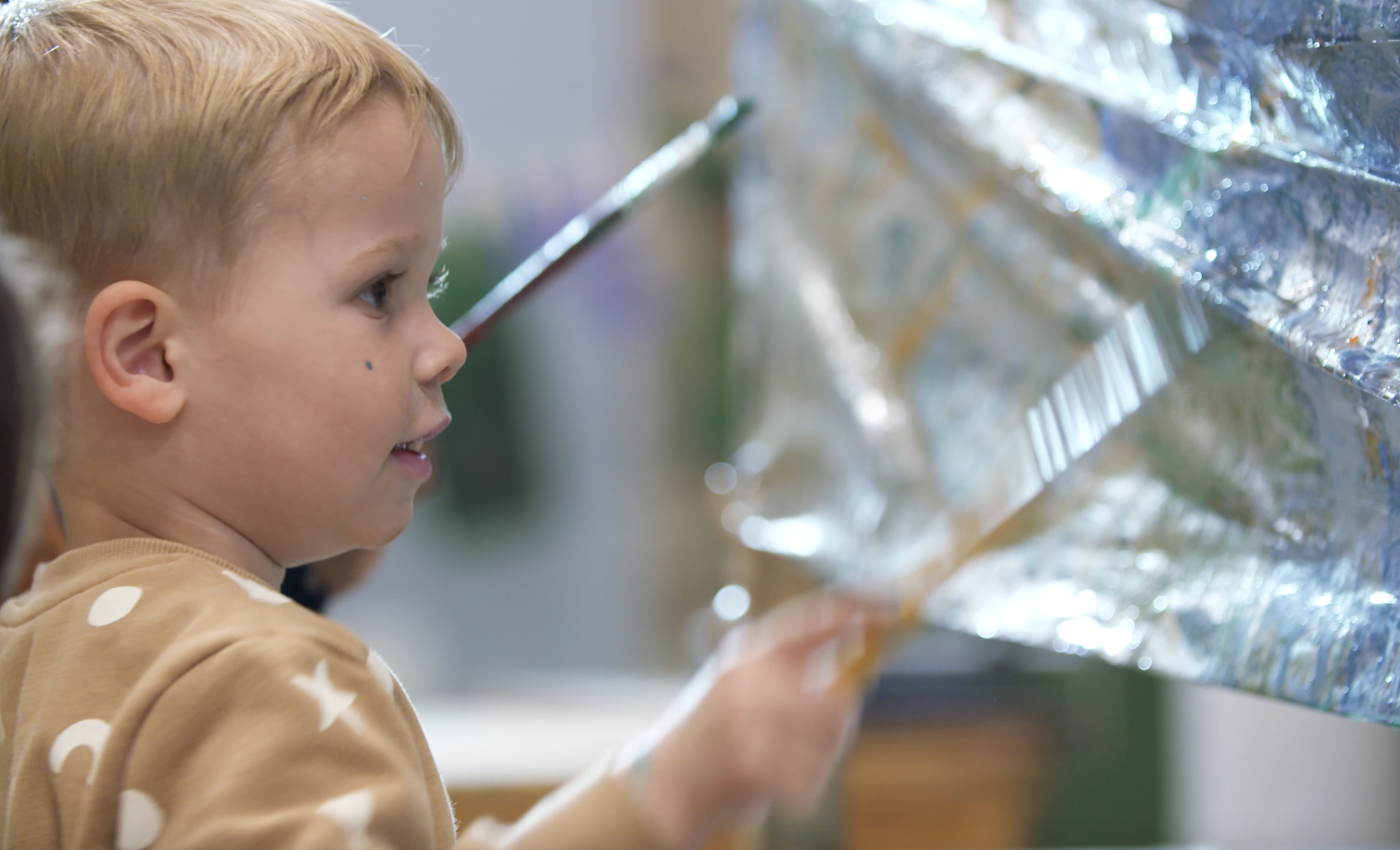
“Play is the highest form of research”Albert Einstein
The Reggio Emilia approach
The Reggio Emilia approach is the central theme that runs through everything we do at KatieB Kids. It is based on:
Child-centred learning
Creativity and aesthetics
Collaboration
Environments designed especially for children
Documentation
Working in partnership with parents
And so our educators at Katie B Kids:
Provide experiences that “provoke” children’s thinking and learning
Build on the strengths, competencies, and curiosities of each individual child through close observation of children, listening to and exploring what interests them
Encourage children to reflect on their own experiences and search out knowledge through their own investigations. KatieB Kids educators refrain from simply offering an answer to a child’s question. Rather a social collaboration is encouraged with each child as an equal participant, and whereby the questions and observations can be used as an opportunity to learn and search with the adult in a continual, collaborative process
Do not plan projects in advance; they follow child led projects that emerge based on the child’s interests through which learning goals can be met. Educators listen to and implement children’s ideas for projects on which to work in an “negotiated curriculum”.
Emphasise hands-on discovery learning allowing the child to use all their senses and all their languages to learn. Recognising that children use many different ways to show their understanding and express their thoughts and creativity which must be equally valued and nurtured; through drawing and sculpting, through dance and movement, through painting and pretend play, through modelling and music.
Ensure the environment inspires children and offers carefully planned spaces and well-organized materials, so that children are free to spend more time on projects that interest them and are often able to move between activities at their own pace.
The space encourages collaboration, communication and exploration. The space respects children as capable by providing them with authentic materials & tools and is cared for by the children and the adults.
Place emphasis on carefully displaying and documenting children’s thoughts and progression of thinking; displaying the children’s creations and showing the child’s learning process. Through this documentation of children’s thoughts educators can encourage children to talk to each other and with adults further enhancing communication and language skills.
Make a great effort to communicate with parents and to help parents feel involved in their child’s learning, sharing ideas and skills, working in collaboration as active partners to enhance the children’s learning.

The Montessori Approach
Maria Montessori saw children as natural learners and little teachers. The Montessori approach is about encouraging and enabling children to think independently through their own exploration and problem-solving abilities.
At KatieB Kids activities encourage each child to investigate and explore, to gain confidence, independence and language development. Children are seen to work for the joy of the process rather than for the end result, and are excited and energized through work, often repeating activities over and over just because they want to.
We teach children to think deeply, to think for themselves and to think about others. We follow the Montessori approach and assume children are born intelligent, curious, creative and are ripe to develop a sense of wonder and imagination.
The Montessori method of education places importance on grouping the children in mixed age ranges, being outdoors and promoting positive social behavior. All of which are central to the KatieB Kids philosophy. The high level of academic achievement so common in Montessori schools is a natural outcome of experience in a supportive environment.
At KatieB Kids, we focus on enabling children to develop a general foundation for learning and development that includes:
Developing a positive attitude.
Working with a sense of order.
Taking pride in their environment.
Developing concentration and self-discipline.
The ability to make decisions.
Developing a sense of responsibility and good manners.

The Forest School approach
The concept of Forest School originated in Scandinavia and gives children the opportunity to learn through connecting with nature in a magical and stimulating setting.
Outdoor learning is a key part of life at KatieB Kids and our curriculum specialist is an accredited forest school lead.
Children become active and healthier as they explore nature in a safe yet challenging and stimulating informal environment full of sensory diversity. Our outdoor world provides opportunity for real creativity and imaginative play and allows children to investigate, problem solve, and learn to work together by communicating effectively, as well as developing a lifelong love and understanding of the natural environment.
This seems particularly pertinent for the modern child when studies and reports are constantly reporting that children are becoming estranged from the natural world, and where national obesity and fitness levels are giving cause for concern.
Educational pioneers such as Frobel, Isaacs, McMillan and Steiner first promoted the value of the natural environment for children’s health, learning and emotional well-being and being outside is embedded in the ethos of many European nurseries where most children spend a day a week in the outdoor environment and in the UK the concept is now nationally recognised as an innovative approach to education.

Heuristic Play
Heuristic play is a term created by a child psychologist Elinor Goldschmeid in the early 1980's and is rooted in young children’s natural curiosity. As babies grow, they move beyond being content to simply feel and ponder objects, to wanting to find out what can be done with them.
Spontaneous exploratory play is essential for children’s development and so we make sure we have plenty of it, particularly in our baby room. Heuristic comes from the word ‘eureka’ and means helping to find out or discover; proceeding by trial and error.
In Heuristic play sessions, children are presented with 'objects' from the real world and are non-commercial. Children are given the opportunity to experiment spontaneously and explore the objects using all their senses.
It provides a creative, unhurried way for children to learn: free from pre-determined expectations and stimulates all the senses, creating a rich learning experience.
Through heuristic play young children experiment with the different ways that objects interact with each other. Toddlers will investigate all the physical possibilities of an object, by rolling, filling, stacking, dumping, fitting things inside each other, balancing and manipulating an object in every possible way. Through exploration in this way the child will make satisfying discoveries about how the world works, exploring areas such as gravity, spacial awareness, density, and simple physics. These discoveries build cognitive development, hand/eye co-ordination and fine and gross motor skills. By being able to use their imagination and explore without interference or direction, through sequencing, manipulation, anticipation and rearranging of objects, children can discover basic scientific and mathematical concepts such as same and different, spheres roll in all directions, tubes roll back and forth and cones roll in circles. Shiny reflects, metal resonates, flat objects can be piled up, heavy and light, little and big and floating and sinking. Through this experimentation and exploration children develop their imagination, problem solving skills, concentration, fine and gross motor skills and overall cognitive development.
To provide for heuristic play, nursery practitioners collect natural materials like fir cones, conkers, seashells, and large pebbles, as well as ribbons, short lengths of chain, and ‘found’ objects like curtain rings, jar lids, sturdy cardboard tubes, the rings from inside sellotape, and empty cotton reels. Throughout the heuristic play session nursery practitioners sit close by unobtrusively yet attentively and observe the thought processes children display as they interact with each of the objects and each other. Between sessions the nursery practitioners maintain the supplies, cleaning each item, checking for safety, discarding unsuitable items and collecting new ones with the children so that as the basket grows it becomes a catalogue of memories.

